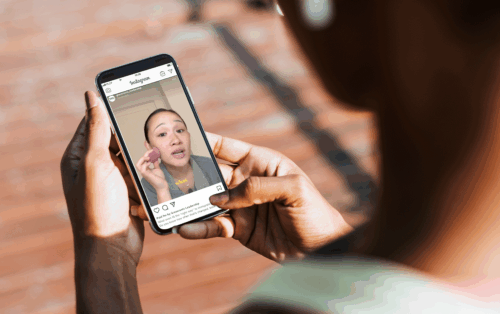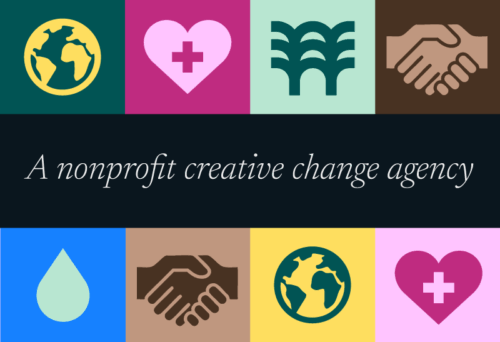
While ballot counts are still being finalized, the 2022 midterms have already proved to be a consequential election for those of us who care about abortion. One clear takeaway from this Election Day – the first one since Roe v. Wade was toppled in the Dobbs decision – is that abortion is a popular issue politically, and not just in liberal strongholds but everywhere. It’s long past time to go on the offensive when it comes to reproductive justice. In all five states with major ballot measures, voters stood up for abortion. Given abortion foes were emboldened enough by Dobbs to introduce legislation to prohibit abortion everywhere, the midterms were arguably a nationwide referendum on abortion–among other issues like the economy.
Assuming the election was a chance to gauge where American voters stand on abortion, we now know even more clearly than before that abortion isn’t controversial as you might think. We already knew the vast majority of Americans overall support keeping abortion legal, but now we know abortion can be a winning issue just about anywhere. This November, Kentucky become the second red state to safeguard abortion at the ballot box, after Kansas earlier this year. This means that, going forward, anti-abortion politicians may feel cagey about directly discussing the issue even in places where such conversations were previously assumed politically safe.
As communicators, the post-Roe landscape offers unique challenges. At the same time, we need to approach this work with appropriate confidence, because most people agree with us. We need to reach people directly in places with anti-abortion leadership, and that needs to be a multipronged effort with digital advertising, roadside billboards, legal hotlines, you name it. Once again, the economy was clearly a big issue for midterm voters. Abortion messaging needs to underscore the many ways abortion is an economic issue. When abortion seekers need to take time off work to cross state lines, or drop out of the workforce to care for a newborn after an unwanted pregnancy, there are broad effects that reverberate across all economic sectors. As for messengers on abortion issues, they need to include trans and nonbinary people as well as men, as abortion is not only an issue facing women. We need to hear from people of faith, as well as elders who remember all the sophisticated networks of care that flourished in the pre-Roe era. We need to make the racial justice case for abortion. And yes, we know conservative people get abortions too. As is the case for all communications, messages may differ greatly depending on the audience.
This spring, Resource Media cemented a stronger commitment to reproductive justice communications work as a part of our overall portfolio of projects. We already did some reproductive health and justice work, but this commitment signified stepping up our efforts given the (at that time, likely) loss of Roe.
Right now, our overall portfolio of abortion projects includes partnerships with several cutting-edge organizations doing powerful work under conditions that are beyond challenging. Here’s a peek at what we’re doing lately:
- Resource Media partnered with the Palmetto State Abortion Fund (PSAF) – an all-volunteer organization in South Carolina that offers financial, emotional, and logistical support for abortion and reproductive justice – on a bilingual Reproductive Justice Toolkit with resources for South Carolinians impacted by restrictive abortion laws. Through this toolkit, we are collecting anonymous stories of abortion experiences and sharing them on Instagram to challenge harmful narratives around abortion.
- Over the past year, Resource Media worked closely with If/When/How to promote their Judicial Bypass Wiki website with a digital marketing campaign targeting young people living in states that require parental permission to get abortions. In spite of unsupportive family members and byzantine laws and processes, this resource has effectively helped people navigate the legal system. Building upon our previous work with If/When/How, we tailored our creative content and developed fresh messages and digital assets like GIF stickers that resonated with young people, including a TikTok influencer promotion plan. As a result of these Tiktoks, as well as our search engine optimization (SEO) strategy and online ads, the Judicial Bypass Wiki saw exponential increases in website traffic, visitors to the site began to skew younger – and we even attracted unexpected media attention. Next, we’re looking forward to increasing abortion seekers’ awareness of the Repro Legal Defense Fund, which provides free criminal defense and resources to people self-managing abortion in the post-Roe era.
- Resource Media worked with NOISE FOR NOW (NFN) – a national initiative that enables artists and entertainers to connect with and financially support grassroots organizations working on reproductive justice, including abortion access – to create templatized, easy-to-replicate messaging, social media, and in-person “tabling” assets for a tour co-hosted by NFN and the band Seratones, with the intent to reusing it in the future with other bands and artists across the country.
- With Richmond Reproductive Freedom Project, we conducted an assessment of their email program and its efficacy in reaching donors and other key audiences, and we’ll soon be providing an ethical storytelling training to guide their work telling the stories of Virginia residents seeking abortion care.
As we hurl toward the kickoff of what is likely to be a contentious presidential race, we know abortion will continue to be front and center. Here at Resource Media, we are rising to meet the moment. No more playing defense on abortion – it’s time to get loud. If you’re interested in learning about opportunities for pro-bono reproductive justice communications support through our Equity Impact Program, don’t hesitate to reach out to us at info@rm-mig.local.
More Insights and Resources


Rooted in who we are: Check out our new look and website

